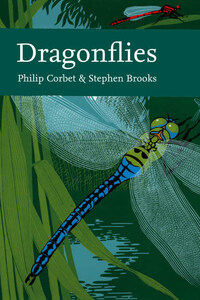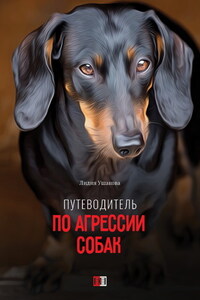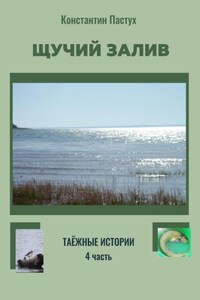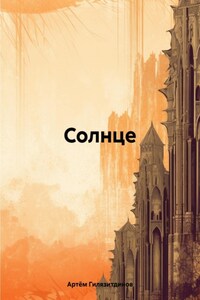Collins New Naturalist Library
106
Dragonflies
Philip S. Corbet & Stephen J. Brooks
SARAH A. CORBET, ScD
PROF. Richard West, ScD, Frs, Fgs
DAVID STREETER, MBE, FIBIOL
JIM FLEGG, OBE, FIHORT
PROF. JONATHAN SILVERTOWN
The aim of this series is to interest the general reader in the wildlife of Britain by recapturing the enquiring spirit of the old naturalists. The editors believe that the natural pride of the British public in the native flora and fauna, to which must be added concern for their conservation, is best fostered by maintaining a high standard of accuracy combined with clarity of exposition in presenting the results of modern scientific research.
Dedicated with affection and gratitude to Sarah Jewell and Ann Brooks
DRAGONFLY
Now let’s have another try
To love the giant dragonfly.
Stand beside the peaceful water.
Next thing – a whispy, dry clatter
And he whizzes to a dead stop
In mid-air, and his eyes pop.
Snakey stripes, a snakey fright!
Does he sting? Does he bite?
Suddenly he’s gone. Suddenly back. A
Scarey jumping cracker –
Here! Right here!
An inch from your ear!
Sizzling in the air
And giving you a stare
Out of the huge cockpit of his eyes-!
Now say: ‘What a lovely surprise!’
Ted Hughes
FRONTISPIECE. Sequential digital still photography is a wonderful tool for tracking this male Orthetrum cancellatum as he flies by. The technique can be used to reveal the natural attitude of the wings, abdomen, head and legs while a dragonfly is in flight (Steve Cham).
DRAGONFLIES ARE OF particular interest to naturalists because they are lively, beautiful and interesting, and amenable to study without expensive equipment or laboratory facilities. Furthermore, well illustrated field guides make it relatively easy to recognise the British species. An earlier New Naturalist, published in 1960, did much to bring the interest of dragonfly biology to the attention of naturalists, and to stimulate further research. Since then, dragonflies have become popular among both amateur naturalists and research workers; they have been transformed from an enigmatic group of minority interest to a focus of enthusiastic amateur study and exciting research on diverse aspects of ecology, behaviour and physiology. We now understand much more about what they do, and how and why they do it; so they deserve this completely new New Naturalist. Both of the authors have made major contributions to the study of British dragonflies, and have done much to encourage naturalists to appreciate them. Their book, illustrated with Robert Thompson’s magnificent photographs, will enrich the study of dragonflies by the many naturalists who are already committed to this group, and will surely encourage new recruits to take up that interest.
PHILIP CORBET WAS without doubt the world’s foremost odonatologist and one who has had the greatest influence in the burgeoning interest in dragonflies for the past 50 years. With his Reading B.Sc dissertation and Cambridge Ph.D thesis he made the first strides in a monumental research career involving dragonflies.
His varied and distinguished appointments included research positions with the East African High Commission in Uganda; Director to the Research Institute, Canada Department of Agriculture; Professorships with the Universities of Waterloo (Canada) and Canterbury (NZ); Commonwealth Visiting Professor (University of Cambridge); and Professor, University of Dundee from which he retired in 1990 as Professor Emeritus.
Corbet’s research interests emphasised periodicity, rhythmic behaviour and development in dragonflies and mosquitoes. These have been the co-ordinating strands in studies relating to taxonomy, morphology, life histories, arthropod-borne virus diseases, reproductive physiology, ecology of fishes and crocodiles, and arctic microclimates.
After retirement in 1990 he concentrated on the production of two major books: Dragonflies: Behaviour and Ecology of Odonata, published in 1999 is a definitive synthesis for which he was awarded the Neill Medal for Natural History by the Royal Society of Edinburgh. This masterly volume appeared in Japanese translation in 2006. This fine current








